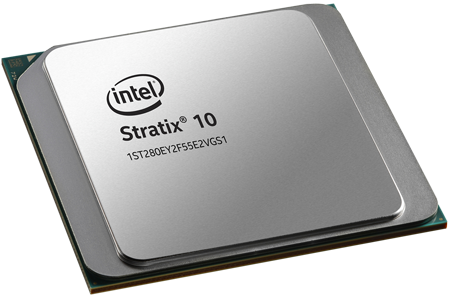 |
GaGe provides several eXpert FPGA processing firmware options for use with CompuScope Digitizers. All standard default CompuScope Digitizer model configurations can store raw acquired waveform data to onboard sample memory and then transfer them quickly to the user for analysis, display and/or storage. The addition of optional eXpert FPGA processing firmware features allow for some signal processing analysis, or other specific functionality, to be performed on the digitizer hardware itself within its onboard Field Programmable Gate Array (FPGA). |
There are three primary advantages to the processing of waveform data using an eXpert firmware option.
- Data can be processed at full sampling rate speeds, where data rates may exceed what can be sustained for streaming over the PCIe bus to other targeted processing devices.
- Onboard processing may provide data reduction that reduces the data transfer traffic on the host bus and allow for a greater raw data acquisition sampling rate.
- Processing data onboard the digitizer hardware reduces the data processing load on the host computer, allowing the host PC to handle other tasks in parallel.
eXpert FPGA feature packages are loaded from an onboard flash memory module on the CompuScope Digitizer and are designed to be transparent to the standard digitizer drivers for Windows/Linux. Only one eXpert FPGA feature can be utilized at a time. eXpert FPGA feature packages can be purchased at any time and can be implemented on CompuScope Digitizers already in use in the field by existing customers without requiring the digitizer to be returned to GaGe for reprogramming. GaGe can also develop customized firmware (e.g. DDC, FIR Filtering, Peak Detect, etc.) to meet specific customer application requirements. Please contact us with a summarized listing of application requirements to evaluate for design feasibility. Pricing for customized FPGA development is highly dependent on the scope of the project work and on expected product volume.
| eXpert Feature | eXpert Datasheet | Cobra | CobraMax | EON | Octave | Octopus | Oscar | Razor | RazorPlus | RazorMax |
| PCIe Data Streaming
Allows for data streaming mode of acquired data directly through the PCIe interface to the host PC RAM and on to targeted host based CPU or dedicated processing cards for analysis and/or to high-speed storage systems for real-time signal recordings. |
• | • | • | • | • | • | • | • | • | |
| Signal Averaging
Allows for detection of very small repetitive signals in a noisy environment. Using rapid signal averaging, small signals can be extracted from a background of high amplitude noise, which may even be larger than the actual signal itself. |
• | • | • | • | • | • | • | • | • | |
| Optical Coherence Tomography
Supports variable rate k-clocking or inactive external clock by simultaneously digitizing the interferometer signal with the returned optical signal for use with OCT applications. |
• | |||||||||
| Fast Fourier Transform
Allows 8192 point FFT calculation analysis directly on the digitizer and transfer of multiple Fourier Spectra to the host PC in a single PCIe transfer. |
• | • |